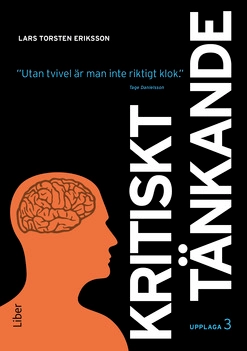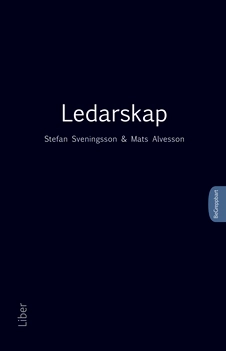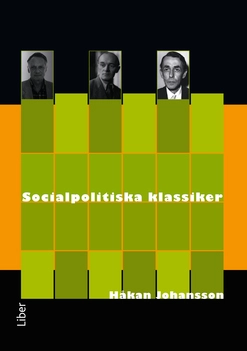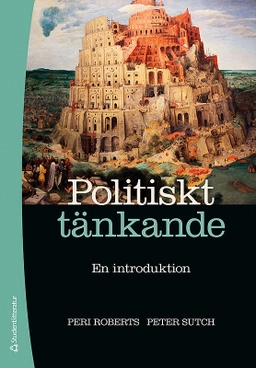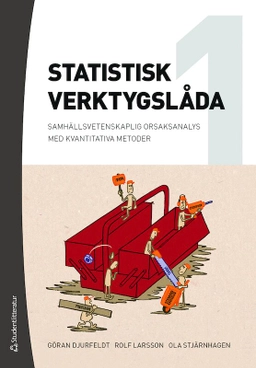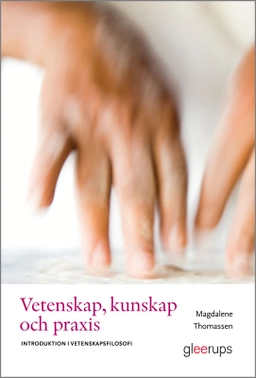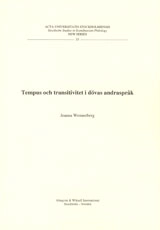

Tempus och transitivitet i dövas andraspråk
- Utgiven: 2004
- ISBN: 9789122020677
- Sidor: 160 st
- Förlag: Acta Universitatis Stockholmiensis
- Format: Häftad
- Språk: Svenska
Om boken
Åtkomstkoder och digitalt tilläggsmaterial garanteras inte med begagnade böcker
Mer om Tempus och transitivitet i dövas andraspråk (2004)
I januari 2004 släpptes boken Tempus och transitivitet i dövas andraspråk skriven av Jeanna Wennerberg. Den är skriven på svenska och består av 160 sidor. Förlaget bakom boken är Acta Universitatis Stockholmiensis.
Köp boken Tempus och transitivitet i dövas andraspråk på Studentapan och spara pengar.
Referera till Tempus och transitivitet i dövas andraspråk
Harvard
Oxford
APA
Vancouver



